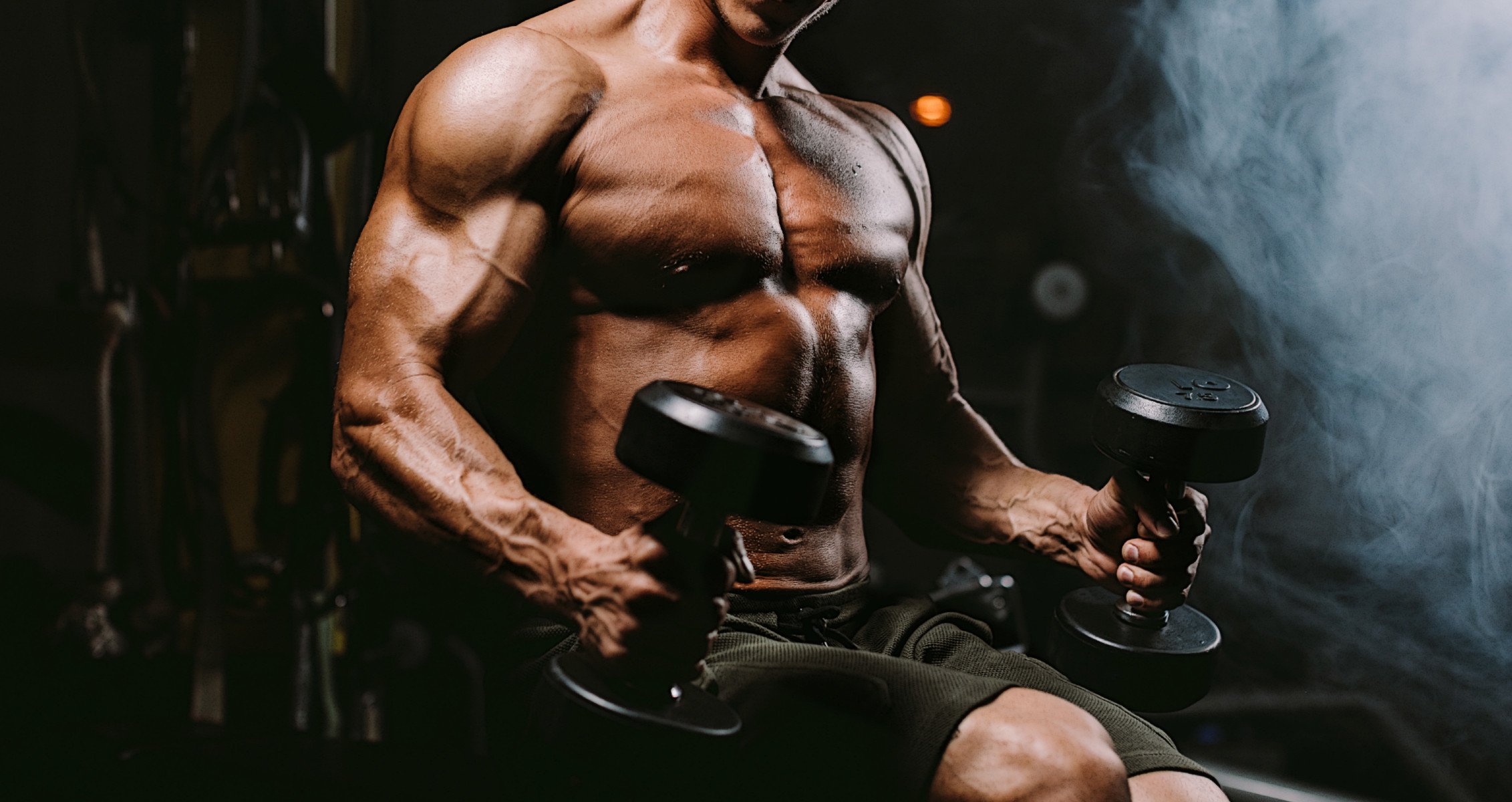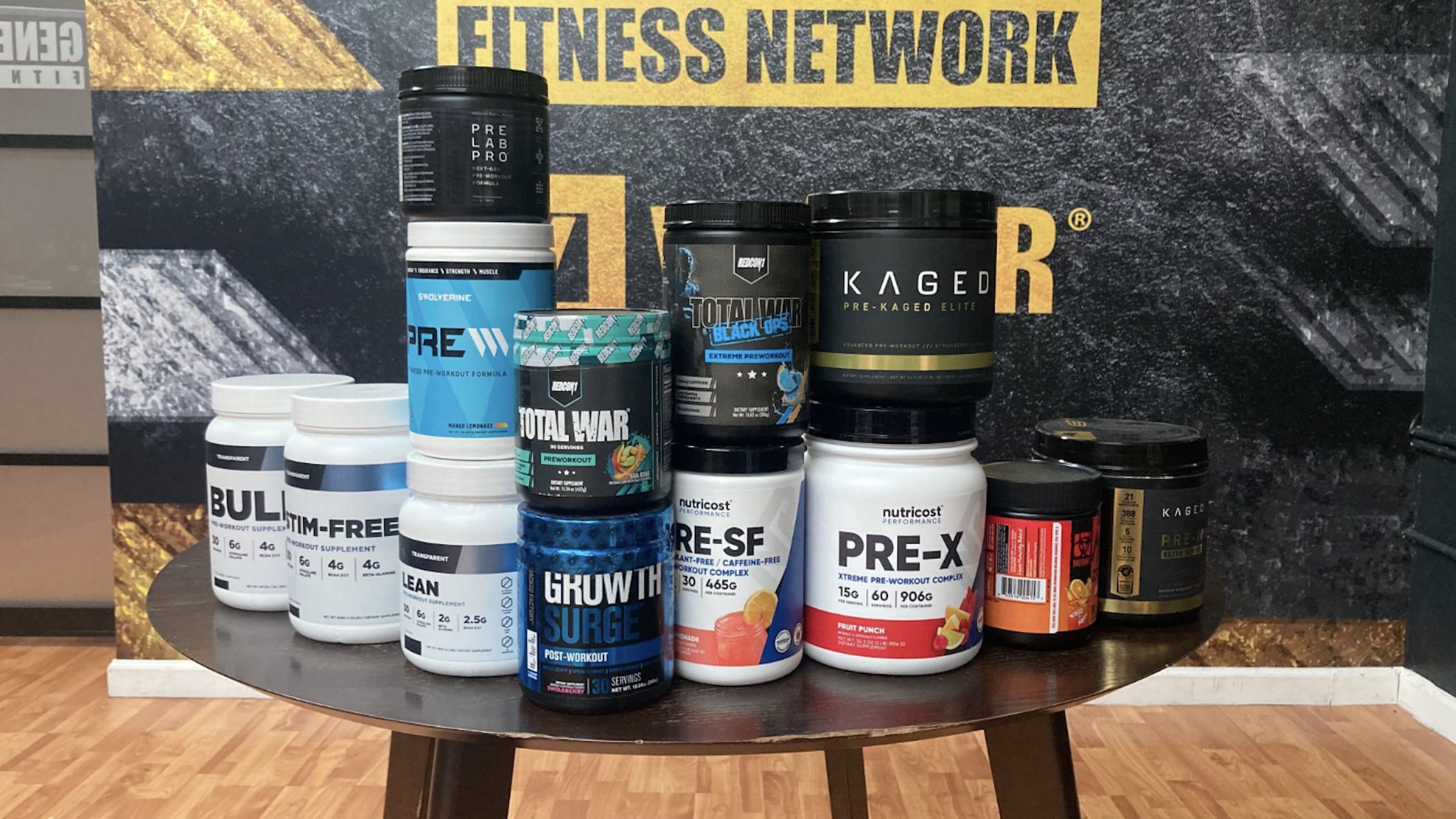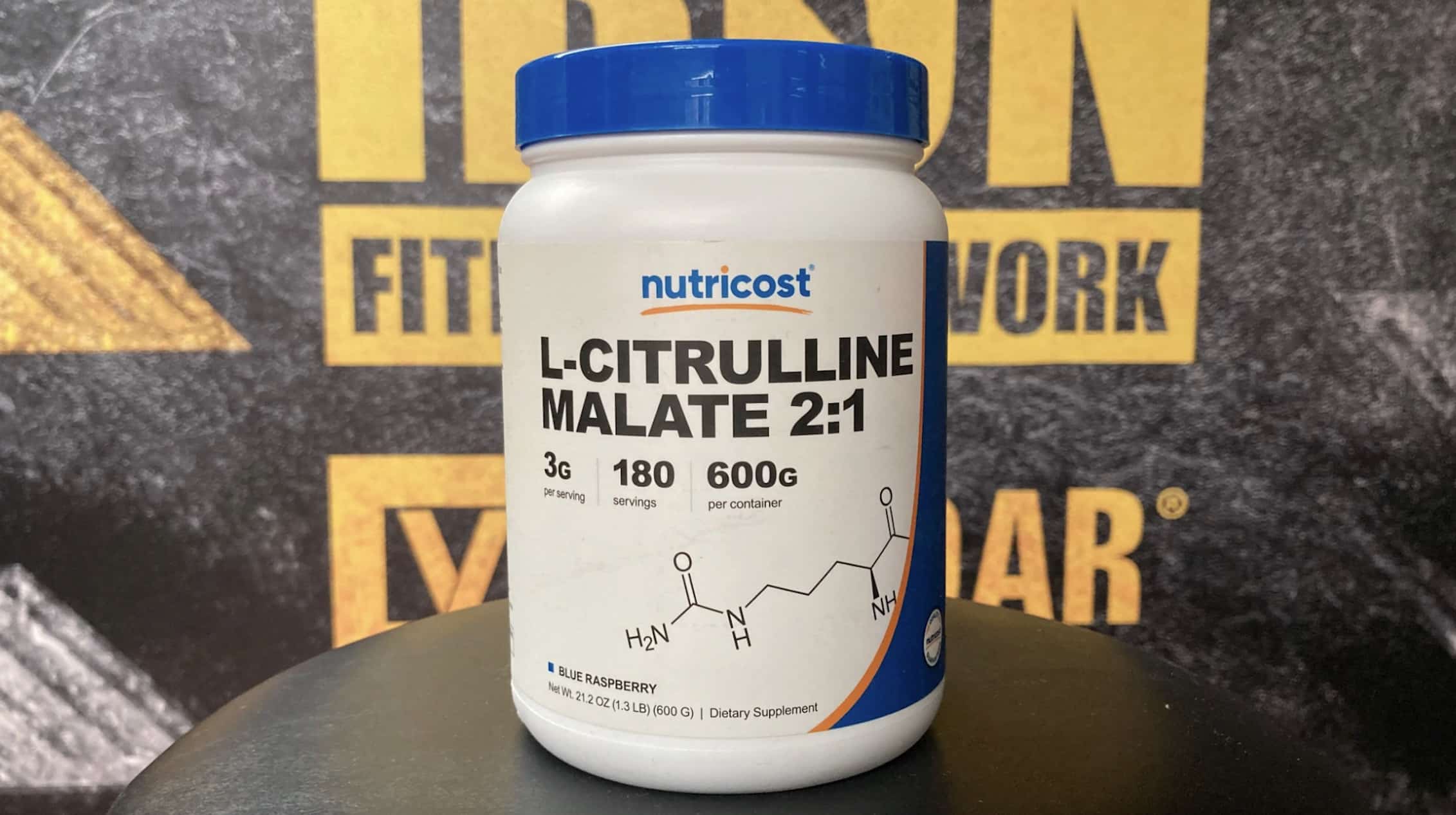Tri-sets help you complete efficient workouts, improving muscle endurance and training intensity.
Sets and reps are the foundation of any workout, and the number you complete depends on your fitness level and training goals. Your set count and reps will vary if you aim to build muscle, increase strength, or improve endurance. Popular set variations include straight sets, drop sets, supersets, pyramid sets, giant sets, cluster sets, and the focus of this article — tri-sets.
Fitness experts highly recommend them for their ability to save time and boost workout efficiency. But what makes this method so effective, and how does it work? In this article, we’ll explore the benefits of tri-sets for building muscle, enhancing strength, and improving endurance. Plus, we’ll provide sample tri-set workouts you can easily incorporate into your training routine.
Overview — Tri-Sets

Tri-sets involve performing three back-to-back exercises with minimal rest between each. These exercises target the same muscle group but in different ways. The rest time is usually ten seconds or fewer. You can rest longer after your third exercise before following your routine.
Performing them aims to stimulate muscle growth as fast as possible by increasing time under tension. This study shows that muscle time under tension during exercise can help maximize muscle hypertrophy, which is effective for muscle growth (1).
Depending on your exercise goal, you can do a tri-set where every exercise targets similar muscle groups or pick three different workouts targeting three distinct muscle groups. One fantastic thing about adopting this training method is that you will see the gains. This study compared subjects trained using the traditional set method and tri-sets, which showed greater levels of intensity and muscle swelling in a short time using the tri-set over the conventional set (2).
Tri-sets are great for stimulating your muscles, especially for experienced lifters with a training plateau. They create stress and constant tension in your muscles, offering a novel way to promote muscle growth and elevate your training. Doing tri-sets also means you can train in less time.
Benefits of Tri-Sets
Tri-sets are effective set variations that help stimulate your muscles differently and ramp up training intensity. Below is an overview of the benefits of adopting tri-sets to your training routine.
Time Efficiency
Performing them saves time in the gym. In a short time, you can do many exercises, pack more volume, hit different muscle groups, and stimulate your muscles (3). This is advantageous for people who want to gain muscle and strength but don’t have much time to spend at the gym.
Greater & Faster Muscle Growth
Exercising aims to tire out your muscles and break them down to achieve growth. The tri-set method can help you accomplish this by performing various exercises quickly. It allows you to build and grow muscles by working them from different angles.
Burn More Calories
Because you train more intensely with tri-sets, you burn fat while maintaining muscle mass. This changes your body composition, giving you more lean muscle and a healthy body fat percentage.
Muscle Endurance
Having less rest between sets and performing multiple movements back-to-back improves muscle endurance, allowing you to lift a load for more reps before fatigue.
Cardiovascular Benefits
Doing them gets your heart racing and blood pumping. This lowers your blood pressure, improves your cardiovascular fitness, and reduces the risk of heart disease. In other words, they offer the two-in-one benefits of cardio and weight training.
Tri-Set Workouts

So, what does a sample tri-set workout look like? How can we integrate it into our training schedules to increase training levels for greater muscle and strength results? This sample tri-set workout outlines each muscle group and the exercises you can use to train it. Remember to perform three exercises for the same muscle group, with no more than ten seconds of rest between each set — you can rest longer after the third movement before completing more sets.
Lower Body
Calves
| Exercises | Reps |
| Seated Calf Raise | 10-15 |
| Standing Calf Raise | 10-15 |
| Calf Press | 15-25 |
Hamstrings
| Exercises | Reps |
| Romanian Deadlift | 6-8 |
| Glute Ham Raise | 15-20 |
| Leg Curl | 15-20 |
Quads
| Exercises | Reps |
| Bulgarian Split Squat | 10-15 reps for each leg |
| Dumbbell Step Up | 10-15 reps for each leg |
| Leg Extension | 15-20 |
Upper Body
Chest
| Exercises | Reps |
| Bench Press | 8-12 |
| Cable Crossover | 8-12 |
| Chest Dip | 8-12 |
Biceps
| Exercises | Reps |
| Biceps Curl | 10-15 |
| Hammer Curl | 10-15 |
| Preacher Curl | 10-15 |
Triceps
| Exercises | Reps |
| Triceps Extension | 10-15 |
| Tricep Kickbacks | 10-15 |
| Tricep Dips | 10-15 |
Back
| Exercises | Reps |
| Bent Over Barbell Row | 8-10 |
| Deadlift | 6-8 |
| Dumbbell Reverse Fly | 10-15 |
Shoulders
| Exercises | Reps |
| Barbell Shoulder Press | 8-10 |
| Shoulder Shrug | 8-10 |
| Rear Delt Cable Fly | 8-10 |
Core
| Exercises | Reps |
| Leg Raise | 8-10 |
| Russian Twist | 10-15 |
| Bicycle Crunches | 8-10 |
Remember, this is just a sample workout for each body part. You can experiment with other exercises that align with your bodybuilding goals.
FAQs
Are three sets good for muscle growth?
The least recommended set range for muscle hypertrophy is three sets with eight reps. However, you can incorporate tri-sets to increase your training goals and achieve faster and better muscle and strength gains.
When to use tri-sets?
There are so many reasons and merits for using tri-sets. Experienced lifters can use tri-sets to up their training levels, especially when breaking a training plateau. You can also use tri-sets to save time in the gym.
What is the tri-set method?
The tri-set method involves picking three exercises that work similar muscles. The exercises are done back-to-back, with minimal rest between sets. The recommended time between movements is usually ten seconds. For more information on tri-sets, see the article above.
Follow Generation Iron on Instagram, Facebook, and Twitter for more workout tips!
References
- Burd, N. A., Andrews, R. J., West, D. W., Little, J. P., Cochran, A. J., Hector, A. J., Cashaback, J. G., Gibala, M. J., Potvin, J. R., Baker, S. K., & Phillips, S. M. (2012). Muscle time under tension during resistance exercise stimulates differential muscle protein sub-fractional synthetic responses in men. The Journal of physiology, 590(2), 351–362. https://doi.org/10.1113/jphysiol.2011.221200
- DE Camargo, J. B. B., Zaroni, R. S., Júnior, A. C. T., DE Oliveira, T. P., Trindade, T. B., Lopes, C. R., & Brigatto, F. A. (2022). Tri-Set Training System Induces a High Muscle Swelling with Short Time Commitment in Resistance-Trained Subjects: A Cross-Over Study. International journal of exercise science, 15(3), 561–569. https://doi.org/10.70252/OAAP2020
- Weakley, J. J. S., Till, K., Read, D. B., Roe, G. A. B., Darrall-Jones, J., Phibbs, P. J., & Jones, B. (2017). The effects of traditional, superset, and tri-set resistance training structures on perceived intensity and physiological responses. European journal of applied physiology, 117(9), 1877–1889. https://doi.org/10.1007/s00421-017-3680-3








